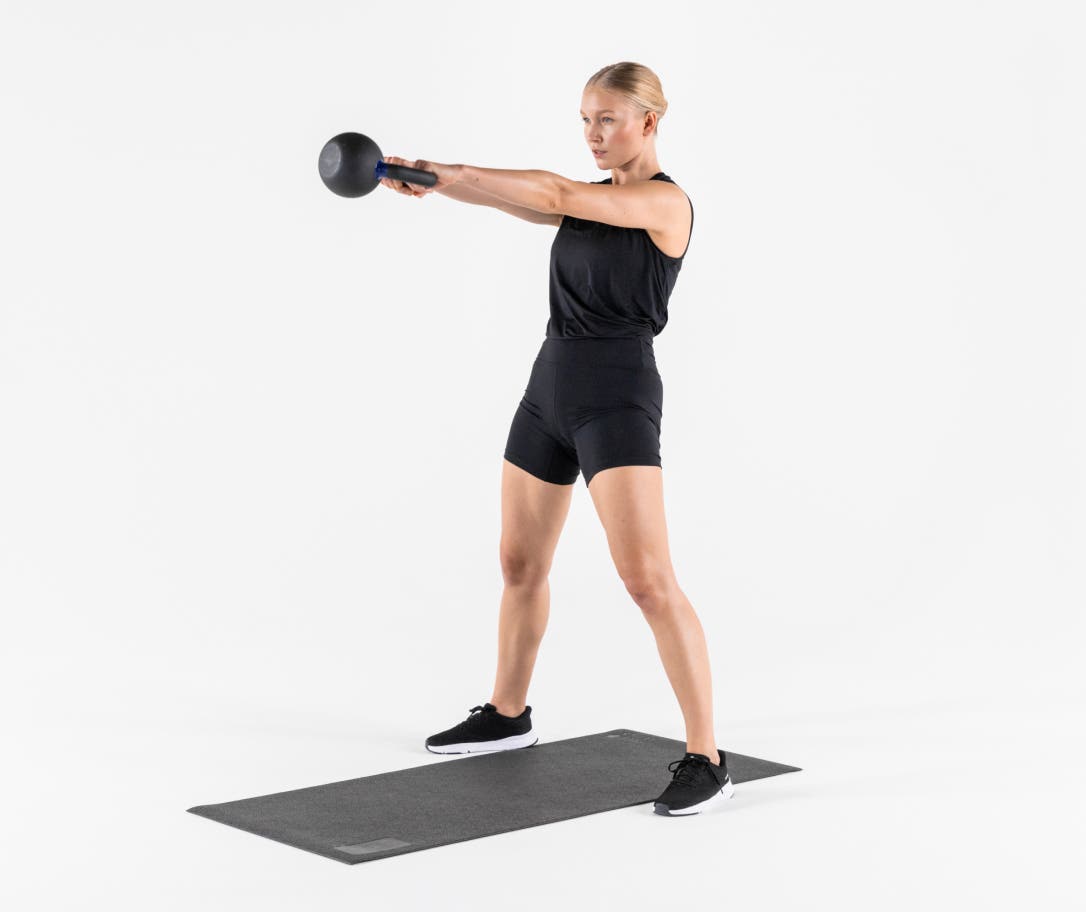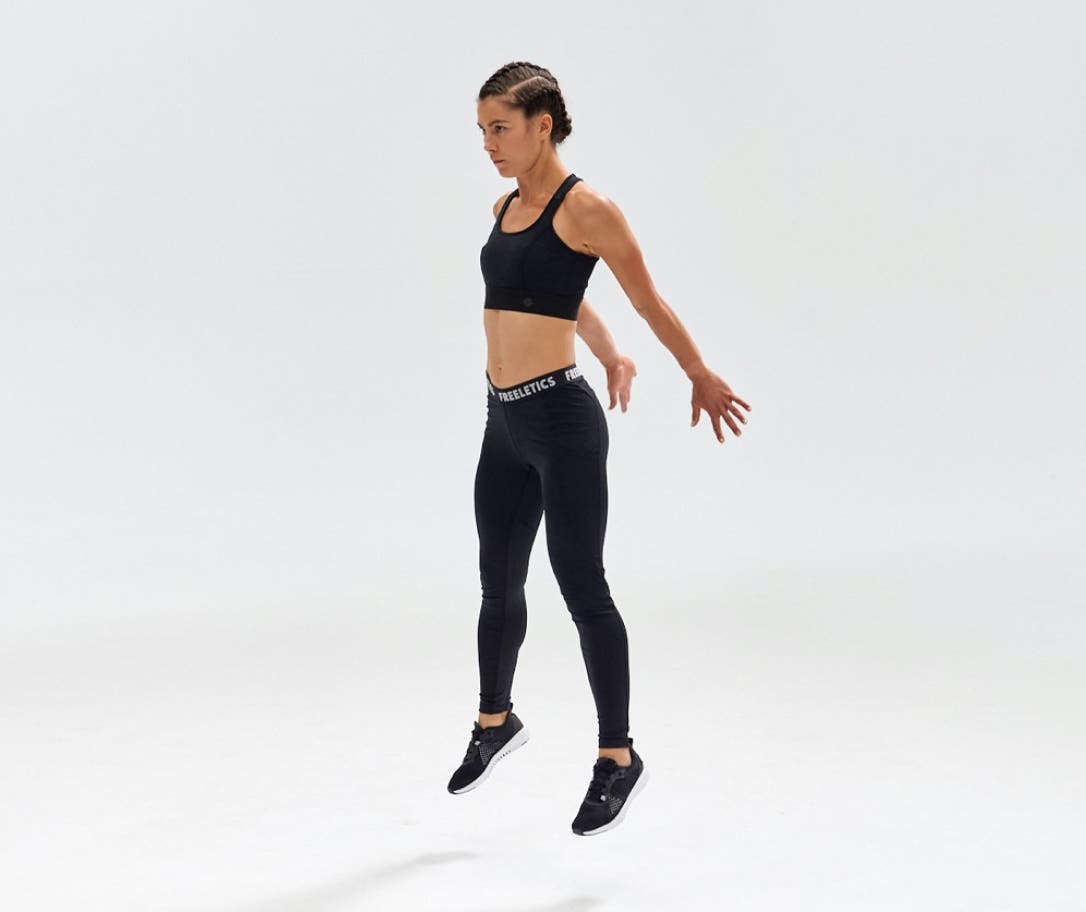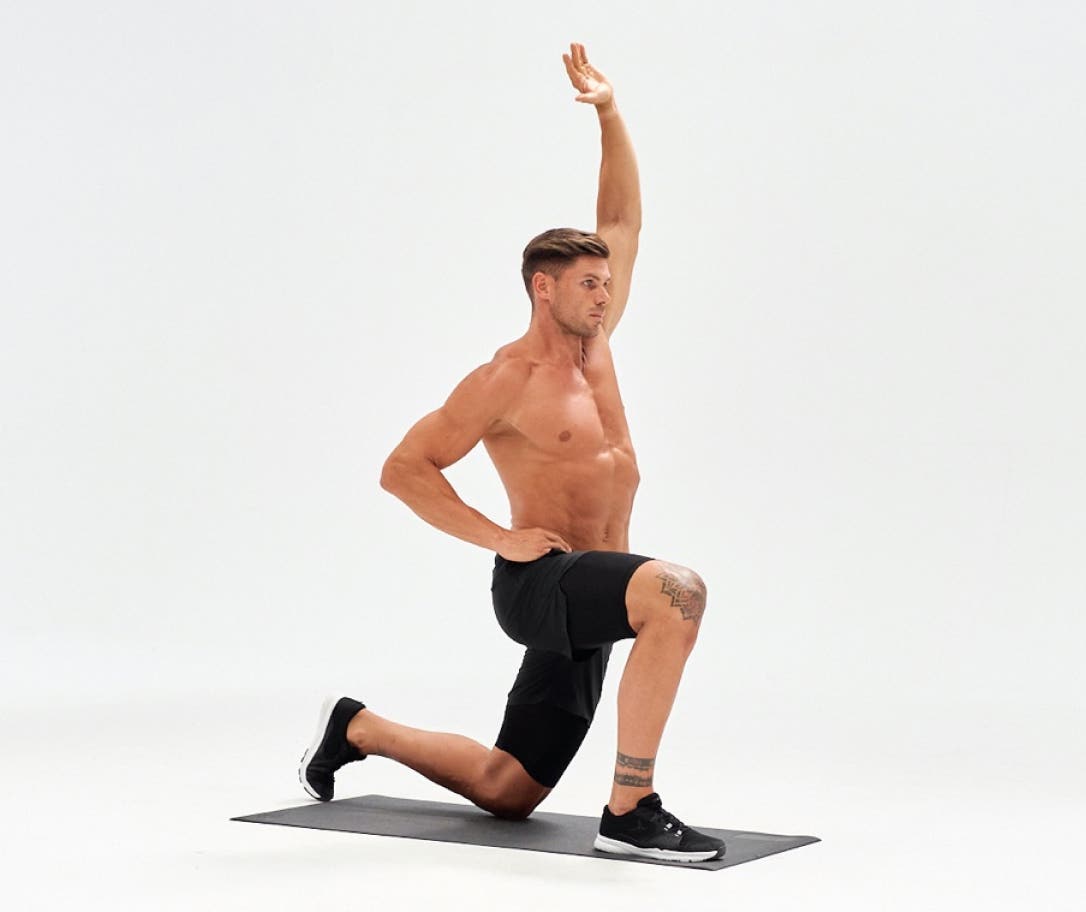Cycling may seem like a one-dimensional sport, but being a strong, efficient, and injury-resistant cyclist takes more than just time in the saddle. Off-the-bike training can make the difference between stagnating and excelling.
Whether you're a weekend warrior or aiming for podiums, incorporating strength, mobility, and cardiovascular work into your routine can significantly enhance your cycling performance.Whether you want to climb hills faster, ride longer, or avoid overuse injuries, a structured approach to cross-training will elevate your cycling game.
What is cycling?
Cycling is a repetitive, endurance-based activity primarily involving the lower body. Though it’s low-impact compared to running, cycling requires considerable muscular endurance, cardiovascular capacity, and neuromuscular coordination.
Muscles used in cycling:
- Quadriceps and glutes: These are the primary power generators during the downstroke.
- Hamstrings and calves: Work on the upstroke and help maintain fluid pedal motion.
- Core muscles: Provide stability, transfer power efficiently, and reduce fatigue.
- Upper body muscles: Support the torso and manage bike control, especially on climbs and descents.
Energy systems engaged
Cycling challenges multiple energy systems depending on the intensity and duration of the ride. The aerobic system is the primary energy source during most cycling efforts, especially on long, steady rides at a moderate pace.
It relies on oxygen to convert carbohydrates and fats into energy, making it essential for endurance performance and recovery between high-intensity efforts.
Training the aerobic system improves cardiovascular capacity, increases mitochondrial density in muscles, and enhances fat metabolism – all crucial for maintaining consistent performance over hours of riding.
However, when a cyclist encounters a sprint, steep climb, or needs to surge during a race, the anaerobic system comes into play. This system generates energy quickly without relying on oxygen but produces lactate as a byproduct, which can lead to fatigue if not managed properly. High-intensity intervals and short, explosive efforts train this system, improving the body’s ability to buffer and tolerate lactate.
Additionally, the ATP-PC system supports very short, explosive bursts of energy lasting up to 10 seconds – useful during standing starts or maximal sprints.
Together, these three systems allow cyclists to perform across a wide range of intensities. Balancing their development through targeted off-the-bike and on-the-bike training ensures comprehensive fitness and peak cycling performance.
Fitness components involved in cycling
To train smart off the bike, it’s essential to understand the key fitness domains that contribute to cycling performance:
- Cardiovascular endurance: Essential for sustaining long rides and managing recovery between efforts.1
- Muscular strength: Especially in the lower body, it enhances force output and efficiency with each pedal stroke.
- Power: The ability to generate force quickly – crucial for sprints, climbs, and race surges.
- Mobility and flexibility: Improve pedal mechanics and prevent common overuse injuries.
- Core stability: Supports balance, posture, and energy transfer from the upper to lower body.
Strength training for cyclists
Resistance training builds the muscular foundation needed to handle harder efforts and prevent injury.2
Lower-body exercises:
- Barbell Back Squats: Develops overall leg and hip strength.
- Bulgarian Split Squats: Enhances single-leg strength and stability.
- Romanian Deadlift: Targets hamstrings and glutes, improving posterior chain strength.

Upper-body exercises:
- Pullups: Strengthen lats and upper back, supporting bike handling.
- Pushups: Build chest, shoulders, and triceps for better posture and control.
- Dumbbell Bent Rows: Improve back strength and muscular balance.

Core exercises:
- Plank variations: Build endurance and stabilization.
- Dead Bugs: Reinforces core control while maintaining spinal alignment.
- Russian Twists: Improve rotational strength for better bike handling.

Full-body exercises:
- Kettlebell Swings: Explosive power and posterior chain development.
- Farmer Walks: Enhance grip strength, core control, and posture.

Cardio training for cyclists
Even though cycling is inherently aerobic, off-the-bike cardio improves heart health, variety, and overall stamina.
Steady-state (Zone 2) training
Performed at a conversational pace, this enhances fat metabolism, aerobic efficiency, and base endurance.
High-intensity interval training (HIIT)
Short, hard efforts followed by rest or low-intensity periods. HIIT boosts VO2 max, lactate threshold, and mental toughness – great for race-day intensity.
Cross-training cardio options
Rowing, swimming, or trail running can build aerobic fitness while minimizing repetitive stress on cycling-specific muscles.

Power and plyometrics for cyclists
Power is what turns strength into speed. Plyometric training enhances neuromuscular coordination and explosive capacity.
Effective power exercises:
- Box Jumps: Develop explosive lower-body power.
- Squat Jumps: Improve rate of force development.
These movements train muscles to contract quickly and efficiently, aiding sprinting, attacking, and climbing efforts on the bike.

Mobility and flexibility exercises for cyclists
Cycling demands repetitive motion in a fixed position, which can lead to tightness in specific areas. Mobility work reduces injury risk and improves comfort on long rides.3
Dynamic stretching
Dynamic stretching is active movements that take joints and muscles through their full range of motion. These mobility exercises are ideal for before riding or strength training, as they increase muscle temperature, activate key muscle groups, and prepare the body for performance.
Movements such as Leg Swings, Hip Circles, Walking Lunges with a Twist, and Inchworms are effective for loosening up the hips, hamstrings, and spine – areas that often become tight from prolonged cycling posture.
When done consistently, foam rolling and dynamic stretching help prevent injury, improve biomechanics, and keep cyclists comfortable and efficient in the saddle.
Foam rolling
A form of self-myofascial release, foam rolling targets tense or knotted fascia – the connective tissue that surrounds muscles.
By applying controlled pressure using a foam roller, cyclists can improve blood flow, break up adhesions, and alleviate soreness, especially in commonly overused areas like the quads, IT bands, calves, and glutes.
Incorporating foam rolling into a warm-up or cooldown routine enhances tissue quality and can speed up recovery between rides.
Static stretching
Static stretching after a cycling workout helps maintain mobility, reduce muscle tension, and promote recovery. These slow, held stretches are best done after training, when your muscles are warm and more receptive to being stretched without risking injury.
- Hip Stretches: Counteract tightness from prolonged sitting.
- Hamstring stretches: Improve pedal stroke fluidity and reduce back strain.
- Calf stretches: Maintain ankle mobility and prevent overuse injuries.
- Thoracic spine rotations: Enhance upper-body movement and breathing capacity.

Cycling-specific skills to focus on
While off-the-bike training builds the foundation, some technical skills must still be refined:
- Cadence control: Practice pedaling at various RPMs to improve muscle efficiency.
- Cornering and bike handling: Drills help reduce braking, conserve momentum, and increase confidence.
- Climbing and descending techniques: Include body positioning, gear selection, and braking strategies.
Incorporating drills alongside strength and mobility work ensures your fitness transfers directly to riding performance.
Off-the-bike training – a term we have overused because it’s found in all cycling circles – is a vital part of becoming a better cyclist. While time on the saddle builds discipline and endurance, targeted cross-training builds the strength, mobility, and resilience that set great cyclists apart.
Key takeaways
- Cycling involves multiple muscles and energy systems – train them accordingly.
- Strength, power, cardio, mobility, and core work are all essential.
- Structured strength and endurance training helps avoid injury and improves efficiency.
- Flexibility and mobility keep your body balanced and comfortable.
- Skill work ensures your fitness translates into real-world riding performance.
Let’s recap
To start reaping the benefits of off-the-bike training, take a structured and gradual approach that fits into your current cycling routine.
Begin by adding two strength training sessions per week, focusing on major muscle groups that power your ride – glutes, quads, hamstrings, core, and upper body.
Incorporate mobility work at least two to three times weekly, ideally post-ride or in the evening, when your body is warm and more receptive to stretching and foam rolling. Just 10–15 minutes a day can make a noticeable difference in flexibility, posture, and overall comfort on the bike.
In addition to strength and mobility, include one session of high-intensity cardio intervals or a steady-state cross-training workout like rowing or swimming to improve aerobic capacity and reduce overuse from repeated cycling motion.
Start small: a 20-minute HIIT session or a 30-minute brisk walk or jog can be highly effective. Be consistent, track your progress, and adjust based on your cycling goals and fatigue levels. Most importantly, listen to your body – rest when needed, focus on quality over quantity, and give yourself time to adapt.
With a balanced training plan, you’ll ride stronger, recover faster, and enjoy cycling more than ever.
Sources
[1] Friel, J. (2018). The cyclist’s training bible (5th ed.). VeloPress.
[2] Smirna, J., & Wundersitz, D. W. T. (2017). The impact of strength and conditioning programs on cycling performance. Journal of Strength and Conditioning Research, 31(3), 850–862.
[3] Bishop, D. (2003). Warm up II: Performance changes following active warm up and how to structure the warm up. Sports Medicine, 33(7), 483–498.